
Building a nuclear workforce
Australia needs to establish the pipeline that delivers appropriate education and technical skills.

Australia needs to establish the pipeline that delivers appropriate education and technical skills.

The Australian Army’s aspirations to acquire Infantry Fighting Vehicles (IFVs) may be the big losers in the fallout from the DSR, but its littoral manoeuvre capabilities are set to be enhanced.

The long-running LAND 400 Phase 3 project is one of the casualties of the DSR, which has reduced Army’s original aim of acquiring 450 tracked, heavily armoured vehicles down to a low 129.
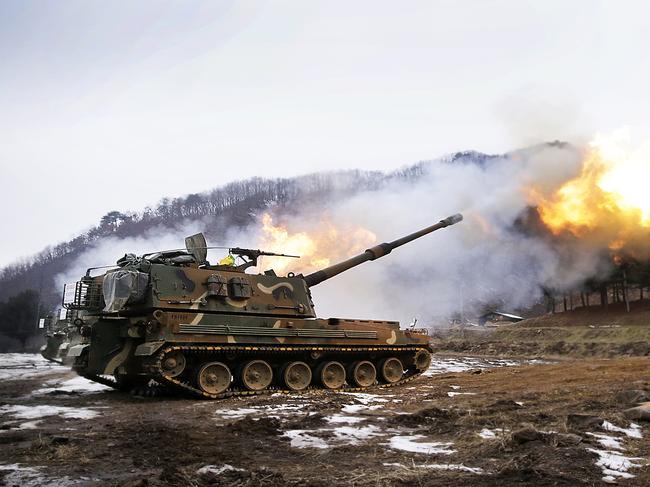
One of the more startling recommendations in the DSR was to cancel additional 155mm Huntsman SPHs, with a second batch previously due to be ordered later this decade.

The RAAF’s Boeing E-7A Wedgetail is the world’s preeminent Airborne Early Warning and Control platform, and will be adopted by all three AUKUS partners.

The DSR and the federal government’s response allows us to re-set Australian Defence Force (ADF) structure and posture to meet a contemporary threat.
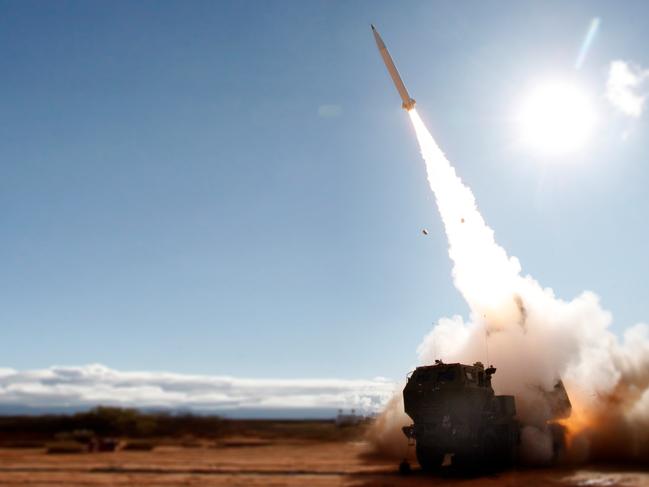
In a process emphatically underscored by the recent DSR, Defence is acquiring new long-range precision strike capabilities.

Plans to replace the Army’s European-designed battlefield helicopters with US Black Hawk and Apache programs will go ahead as planned.
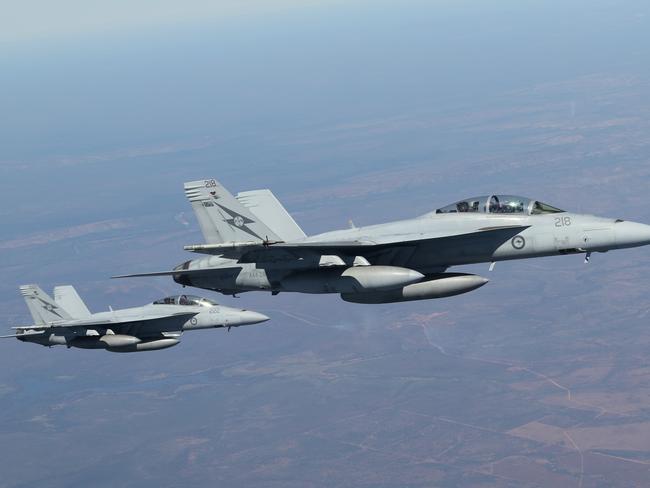
Australia’s Boeing F/A-18F Super Hornet and Lockheed Martin F-35A Lightning II combat aircraft will get sharper teeth under the terms of the Defence Strategic Review.
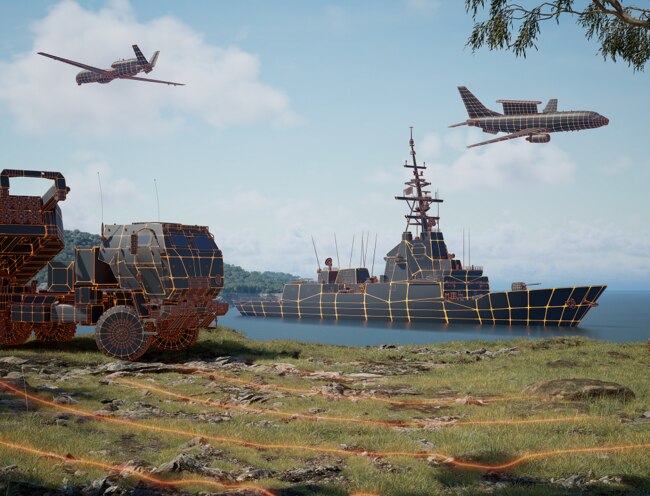
The defence industry needs more independent Australian entities of scale that can integrate and sustain critical defence capabilities to shore up our national interests and those of our allies.

The Northern Territory will once host an influx of military personnel in 2024, when the biennial Pitch Black air defence exercise returns to the Top End’s empty skies.

The failures of Defence and successive governments to harden Australia’s northern air bases and secure adequate fuel supplies has been laid bare in the recent Defence Strategic Review.

A small – and until recently unknown – Port Macquarie company has been making inroads into the specialised US military marine engineering domain.
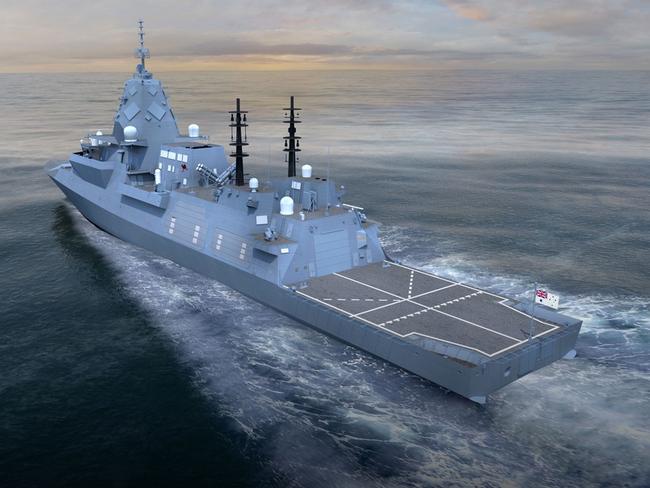
Both the RAN and the country’s naval shipbuilding industry now await the outcome of the additional, external review requested by the DSR on the size, structure and composition of the navy’s surface combatant fleet.

The Australian government has reaffirmed its commitment to continuous naval shipbuilding.

Australia can no longer rely on the strategic blessings of our island continent.

With three major policy statements to digest, Defence has a major challenge ahead.
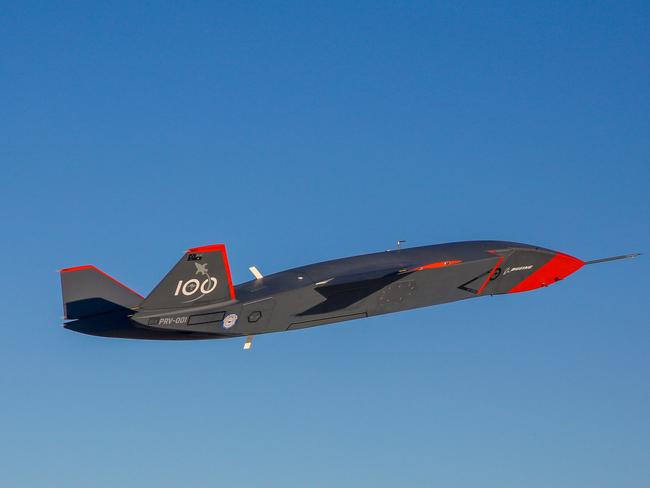
Australia’s MQ-28A Ghost Bat, one of the capabilities specifically highlighted in the DSR, will continue to be developed in collaboration with the US.

Australia stands at an uncertain juncture. Our Defence leadership must now answer the question: is the Australian Defence Force (ADF) prepared for future conflict?
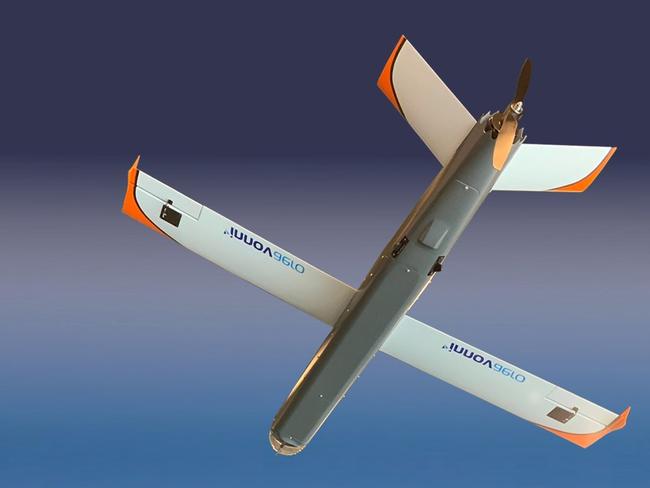
A small, Perth-based aviation engineering company, Innovaero, has been awarded a contract to develop a sovereign loitering munition with a range of 200km and a choice of payloads.
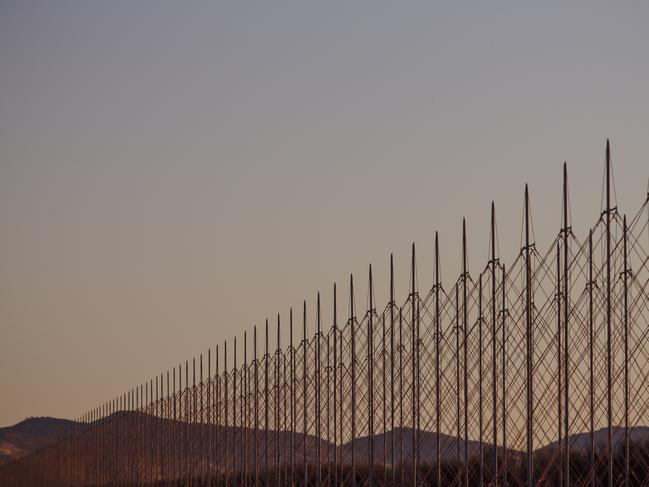
Australia faces an increasingly uncertain geopolitical environment that is being amplified by new battlefield technologies.

There are critical lessons for Australia from both sides of the Russia-Ukraine conflict that are directly and immediately applicable to our national security.

With the increasing presence of China in the South West Pacific, the importance of Cairns is certain to increase.
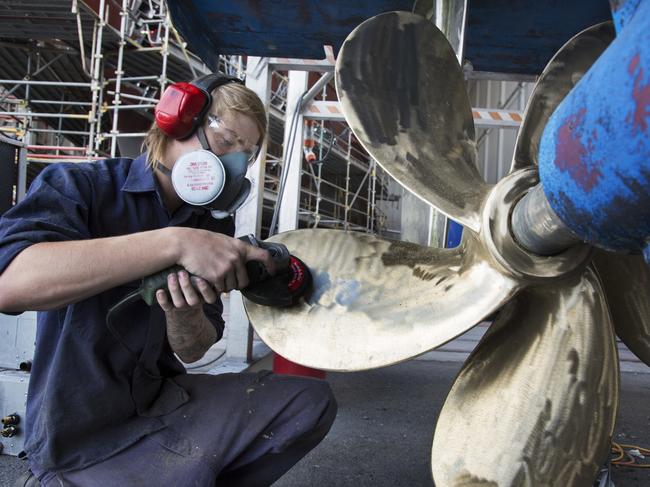
Queensland’s strategic geography, and the largest concentration of defence people, assets, bases, ports, training ranges and support sites means the state plays a critical role in the nation’s defence.
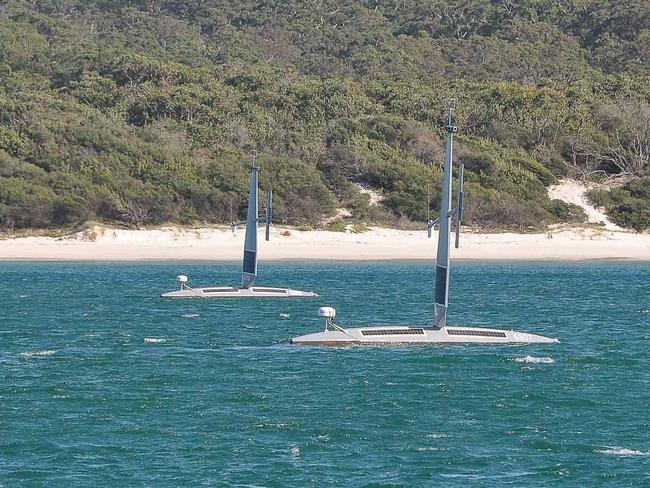
Queensland has significant industry and research strengths in robotic and autonomous systems and the state government has identified this as a key growth sector.
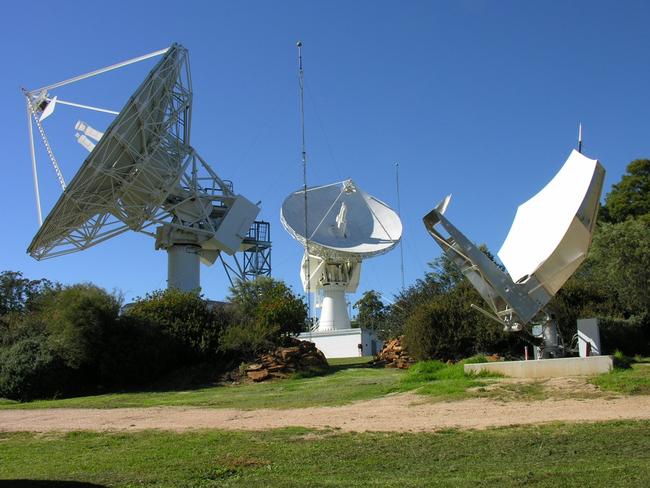
At Lockheed Martin Australia, space is among our fastest growing areas.

The changes Chief Defence Scientist Dr Tanya Monro is overseeing are designed to prepare the DSTG and Defence more broadly for the strategic environment’s growing uncertainties.

Missiles are getting faster – from subsonic to supersonic and now next generation hypersonic weapons are starting to be fielded.

There is an alarming disconnect between the warnings of a major war with China and the preparedness of the ADF, but none more so than when it comes to ammunition and guided weapons.

While AUKUS has captured the imagination of the DC policy elite, there’s broad goodwill for Australia’s bold ambition to acquire nuclear-powered submarines.
Original URL: https://www.theaustralian.com.au/special-reports/defence/may-2022/page/4